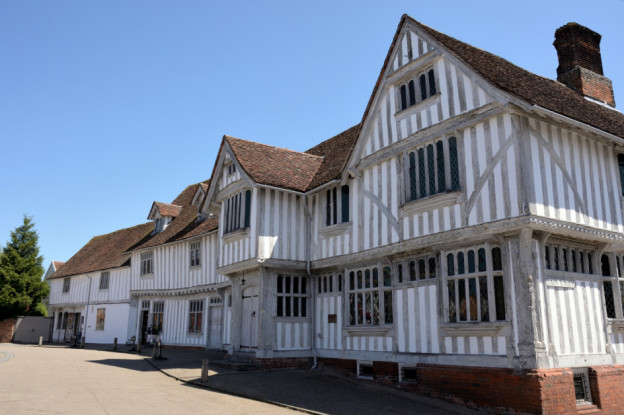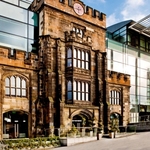Michael Edwards digs into the county’s history in his guide to Suffolk.
The first place to highlight in this guide to Suffolk has to be Lavenham. Lavenham is literally built with history. Timbers, for Lavenham’s houses, were taken from Spanish Armada ships that had foundered on the East Anglia coast. They were taking the long way home after their defeat.
Houses were still being built in 1588 but by then Lavenham’s splendour as a wealthy wool town was beginning to fade. Once the 14th wealthiest town in England, richer than York in medieval times, with a vast high-towered church announcing its prosperity, Lavenham had reached its apogee. Queen Elizabeth invited Protestant refugees from both France and the Netherlands, who settled in Colchester, and they were more skilled weavers than their Suffolk counterparts.
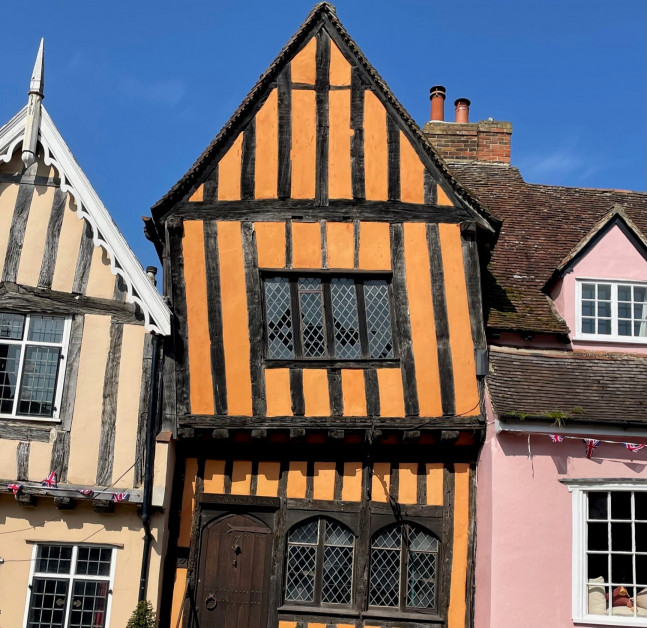
Lavenham, which had achieved town status with a market charter in 1257, grew no more. There is an irony to the fact that under Ordnance Survey map criteria, Lavenham, at less than a square mile, is classified as a village. Nor is it a village that medieval inhabitants would have recognised. On many of the 300 listed buildings, the original plaster exterior has been taken away to reveal timbers which have to be preserved with a line wash treatment once a decade. Later, to keep up with fashion, some houses had Georgian facades added.
The steeped-in-history look of pargeted walls, mullioned windows and twisting timbers has attracted many a filmmaker. From 1968’s The Witchfinder General starring Vincent Prince, through Lovejoy’s antiques shop in the late 1980s and early 1990s, to De Vere House’s role as Harry Potter’s birthplace in The Deathly Hallows.
Wonky Town, as Lavenham is nicknamed, also has its place in nursery rhyme history. One of its crooked houses is thought to have inspired the “There was a Crooked Man” ditty and Victorian Jane Taylor wrote “Twinkle, Twinkle Little Star.”
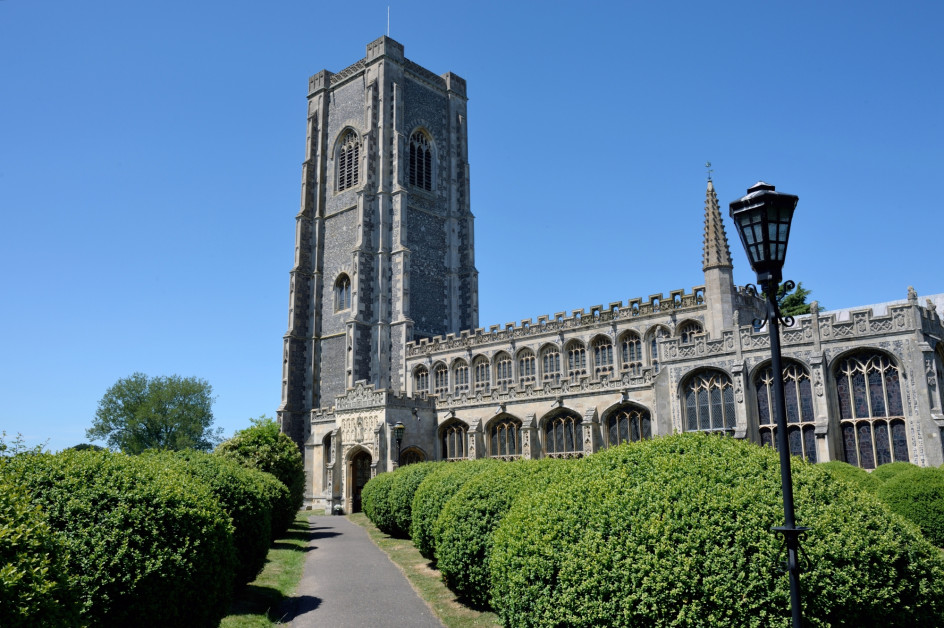
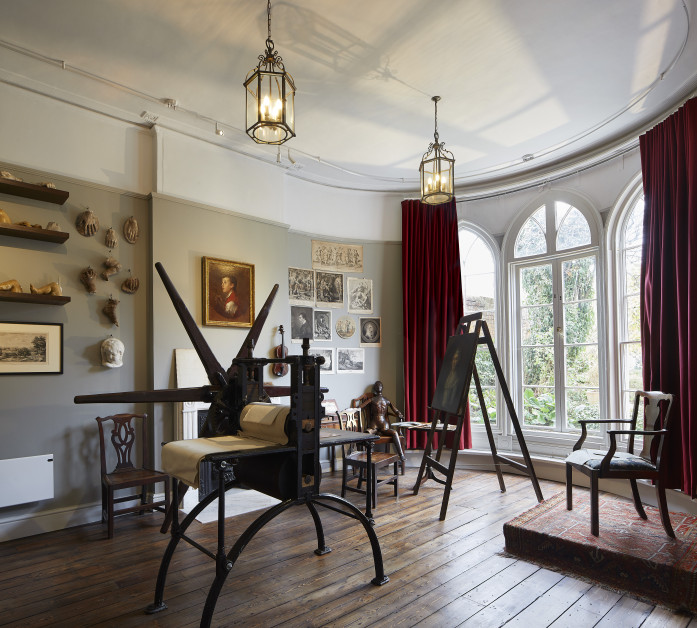
So historic is Lavenham that it still has a day when the shops, largely a fascinating collection of independent retailers, never open their doors. Tuesday is not the day to visit. Particularly as the Guild Hall, with its museum curated by the National Trust, remains closed. Wednesday and Sunday are particularly good days, as walking tours tell Lavenham’s story.
Is it purely coincidence that two of the nation’s greatest landscape painters were inspired by Suffolk scenes? The recently expanded and refurbished Gainsborough’s House at Sudbury, based around Thomas Gainsborough’s birthplace, also featuring a Constable small exhibition, reveals how Gainsborough loved landscapes but had to keep painting the portraits to earn a living.
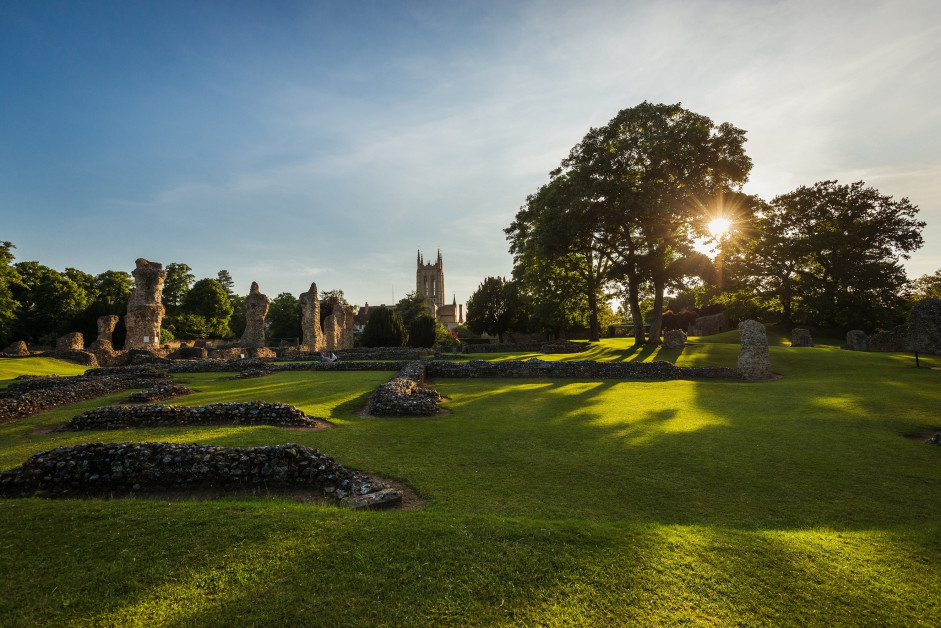
Anyone expecting to see a celebration of St Edmund, once England’s patron Saint, at Bury St Edmund, will be disappointed. The remains of the once King of East Anglia who was martyred by Viking Invaders for refusing to renounce his Christian faith, were lost after the ransacking of the monasteries instigated by Henry Vlll. There have been no pilgrimages to St Edmund’s grave for nearly 500 years.
Today visitors stroll through the Abbey Gardens where they can see the remains of the millennium-old Abbey and then step into the Cathedral. Acclaimed as the jewel in Suffolk’s crown, many visitors are tempted by tours of the Greene King Brewery and the Regency Theatre Royal.
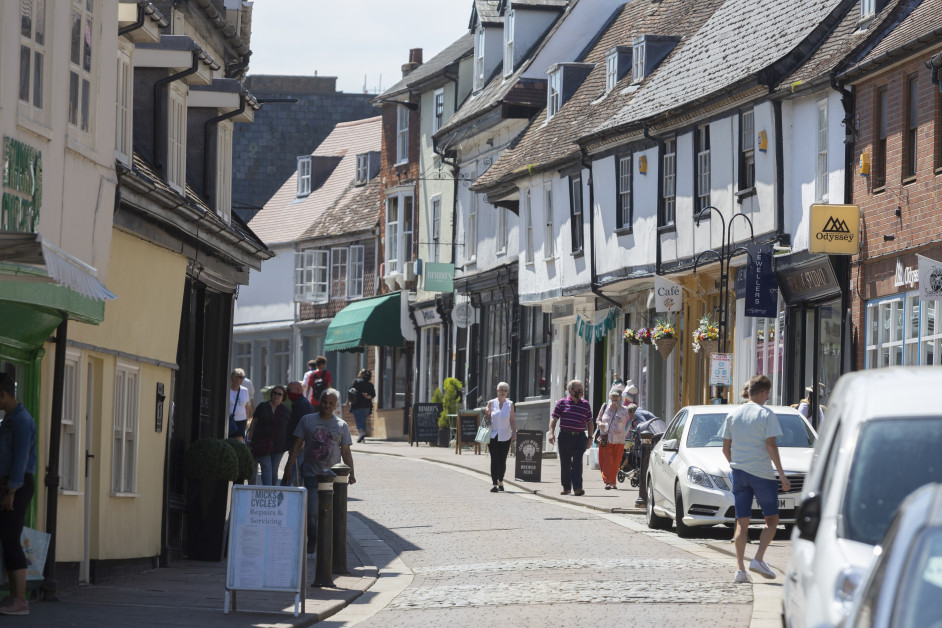
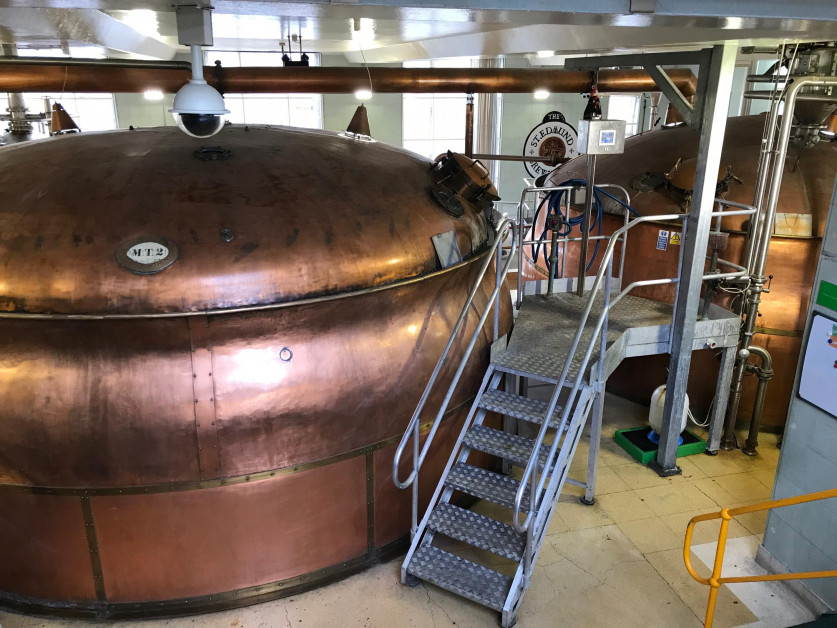
It is the Anglo-Saxon burial ground at Sutton Hoo which is probably Suffolk’s headline act. Ralph Fiennes’ and Carey Mulligan’s performances as archaeologist Basil Brown and determined landowner Edith Pretty in The Dig have renewed interest. Although the star artefacts are displayed at the British Museum in London, the Suffolk site focuses on the characters of the quest.
Brown believed that robbers had emptied the burial mounds. Pretty was insistent that Brown kept digging. Luckily, the robbers had missed the riches of the tomb of a king, who is thought to be King Raedwald, by a metre. Raedwald’s burial ship still contained everything deemed necessary for his journey to his next life. But once war with Germany was declared, Brown hastily covered the excavation with bracken.
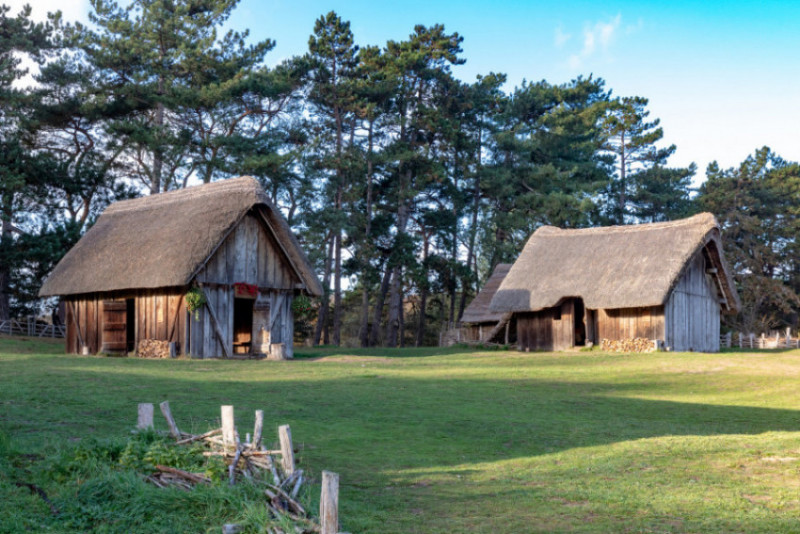
More functionally, the West Stow Anglo-Saxon Village investigates how people lived in the Dark Ages era between the departure of the Romans and the arrival in 1066 of the Normans. Back in 1973, to a Pink Floyd soundtrack, Cambridge University students attempted to recreate a village using the tools and materials that the Anglo-Saxons would have used. Now, museums stand alongside those houses, telling the stories of the discoveries.
Inevitably, the quiet seaside towns of Southwold and Aldeburgh, with their Benjamin Britten legacy, become part of any guide to Suffolk and travel itineraries as visitors explore Suffolk’s sunrise coast.
Images (C) Phil Morely, Tom Soper, Rebecca Bacon and Hufton+Crow
Tell Me More About this Guide to Suffolk.
To find out more about this guide to Suffolk, and to plan your visit go to The Official Tourism Site For Bury St… | Bury St Edmunds & Beyond (visit-burystedmunds.co.uk)
Book your visit at Gainsborough’s House
Research a walking tour at Lavenham, Places to Eat, See and Stay, Love Lavenham, Suffolk
Learn more about the Anglo-Saxon burials at Sutton Hoo | Suffolk | National Trust

